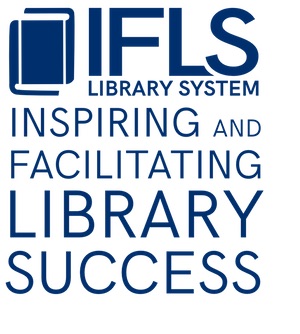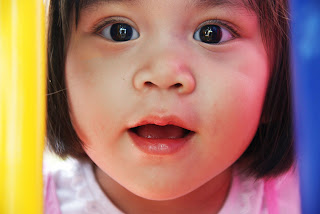Well, data is in that shows Wisconsin is still not doing so great in terms of making sure the children in our state have a fair shake at life–particularly children who are not white. The 2017 Race for Results report from the Annie E. Casey Foundation has some sobering information about how we are doing as a state. They looked at several factors related to child welfare, and found that African American kids in Wisconsin do not fare very well. Neither do Hmong and Latinx kids. Or children of immigrants.
Here’s what we know about where Wisconsin’s kids stand when it comes to this kind of financial stability, according to the 2017 Race For Results Report:
72 percent of white children in Wisconsin live in economically secure families.
24 percent of African-American children live in economically secure families.
30 percent of Latino children live in economically secure families.
31 percent of Hmong children live in economically secure families.
36 percent of American-Indian children live in economically secure families.
What can we do as libraries? As humans? The report has some meaningful suggestions–one that seems like a clear fit for libraries is advocating for, supporting, and providing high quality early childhood programs and better support for working parents. Take a look at Public Libraries: a Vital Space for Family Engagement by the Harvard Family Research Project for some ideas of ways libraries can help with these issues! Another is educating ourselves and our communities about issues related to race. One place to start for an online resource designed to help educators do just that is Teaching Tolerance. In addition, check out the We Too Sing America Race Talk Toolkit, created by author and activist Deepa Iyer.
This is a way bigger discussion than one blog post can cover, but it is also something that we need to discuss often and with intention. I’d love to hear more about what you are thinking about this!

